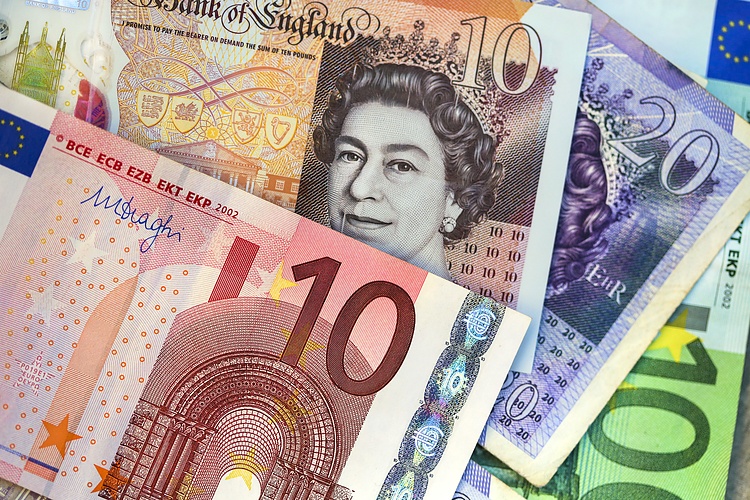The EUR/GBP pair fell to a new low for the year 2024 on Friday as the Pound Sterling strengthened following higher-than-expected UK Retail Sales. The Euro has been weak after the European Central Bank cut interest rates at two consecutive meetings, indicating a speeding up of its easing cycle. Analysts believe that diverging monetary policies could lead to further declines for EUR/GBP.
The data revealing a significant increase in UK retail sales in September suggested that the Bank of England may not rush to lower interest rates in the coming months. With the BoE’s bank rate being one of the highest among western central banks, foreign capital inflows and demand for Sterling are likely to continue.
On the other hand, the Euro remains vulnerable as the ECB recently cut interest rates by 25 basis points, bringing the deposit facility rate down to 3.25%. This decision, along with a dovish statement by ECB President Christine Lagarde, signals a faster easing cycle for the ECB. Market participants are now pricing in almost 175 basis points of ECB rate cuts over the next twelve months.
Following the UK Retail Sales data, EUR/GBP is at risk of extending its downtrend as the policy paths of the ECB and BoE diverge sharply. Despite the positive UK retail sales data reinforcing the case for a cautious BoE easing cycle, some economists believe that UK interest rates will eventually be reduced from the current 5.00% to 3.00% in early 2026.
Overall, the current outlook suggests that the Euro may continue to weaken against the British Pound as diverging monetary policies between the ECB and BoE favor a lower EUR/GBP exchange rate. With the BoE likely to maintain stable interest rates in the near term, foreign capital inflows and demand for Sterling could remain strong, further pressuring the Euro. As investors anticipate further ECB rate cuts, the Euro may face additional downside pressure in the coming months.































